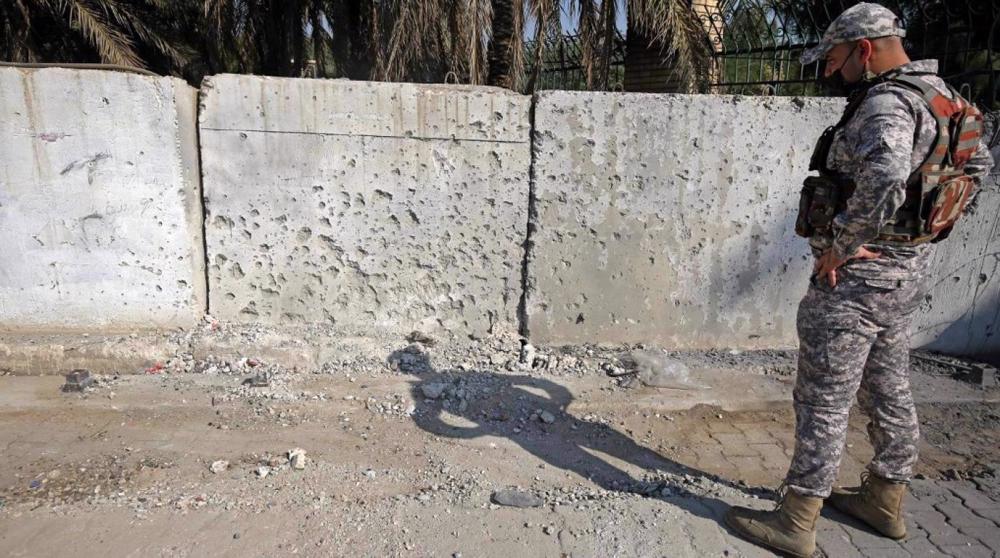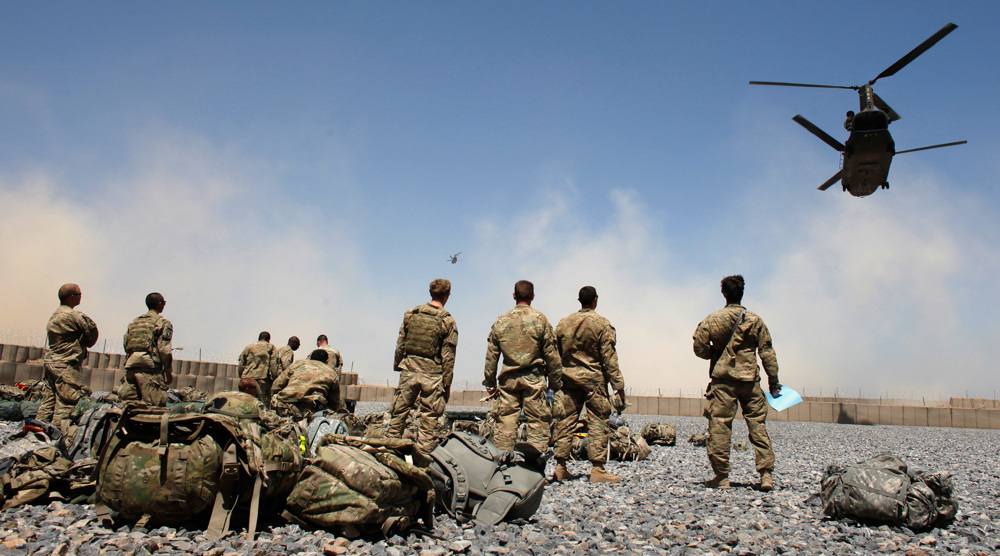Post-9/11 US wars caused at least 4.5 million deaths: Report
A new report has revealed that the wars initiated by the United States in the Middle East and North Africa following the September 11 attacks have directly or indirectly killed at least 4.5 million people and displaced millions of others.
According to the research report from the Costs of War project at Brown University Watson Institute, nearly one million people were directly killed as a result of conflicts in Afghanistan, Iraq, Pakistan, Syria, Yemen, Libya and Somalia.
The report, released on May 15, also estimated that at least 3.6 to 3.7 million of the casualties were “indirect” deaths caused by a variety of factors, including failed economies, extreme poverty, malnutrition, disease, destroyed health infrastructure, environmental contamination and reverberating trauma and violence.
The numbers of direct and indirect war casualties are still continuing to grow from ongoing global conflicts after more than two decades, the report added.
“These wars are ongoing for millions around the world who are living with and dying from their effects,” it said, emphasizing that women and children “suffer the brunt of the impact.”
“Indirect deaths are devastating, not least because so many of them could be prevented, were it not for war,” the report said, adding that it is difficult to estimate indirect deaths, as they do not occur immediately after the battles.
“A death from hunger mostly occurs at some distance from this attention to spectacle and it may happen months or years after war disrupts access to food. Often, people affected by war are displaced and transient, making them hard to track.”
The report also acknowledged that it is difficult to disentangle indirect war death factors from the ones that might have occurred in places where people are already suffering from high rates of poverty, disease, and malnutrition.
It singled out the US for its role in many post-9/11 wars, particularly the casualties over the past 20-plus years in Afghanistan.
Though the US withdrew its military forces from Afghanistan in 2021, officially ending the war, Afghans are “suffering and dying from war-related causes at higher rates than ever.”
The US invaded Afghanistan in October 2001 following the September 11, 2001 attacks on the United States, despite the fact that no Afghan national was involved in the attacks. Hundreds of thousands of Afghans died in the US war of aggression on the country. Nevertheless, the Taliban returned to power in 2021, 20 years after their removal by US forces.
The report also called on Washington to make reparations for the damage inflicted by post-9/11 conflicts, saying, “Reparations, though not easy or cheap, are imperative.”
“In laying out how the post-9/11 wars have led to illness and indirect deaths, the report’s goal is to build greater awareness of the fuller human costs of these wars and support calls for the United States and other governments to alleviate the ongoing losses and suffering of millions in current and former war zones,” it said.
Today @costsofwar published my paper on indirect deaths in the post-9/11 wars, which at least in the U.S. is a supremely underacknowledged issue. Bottom line: the post-9/11 wars continue to kill massively. [1/https://t.co/pBtvjLNmG4
— Stephanie Savell (@stephsavell) May 15, 2023
Stephanie Savell, the report’s author and co-director of the Costs of War project also noted that “there are reverberating costs, the human cost of war, that people for the most part in the United States don’t really know enough about or think about.”
The author further stated that the researchers applied the Geneva Declaration Secretariat’s average ratio of four indirect deaths for every one direct death, adding that while that ratio may be lower in Iraq, it would be higher in Yemen or Afghanistan and thus the ratio was deemed accurate to arrive at the “reasonable and conservative” estimate of 4.5-4.6 million.

US announces new sanctions targeting Iran’s drone program

In letter to UN, Iran blasts Trump's 'reckless, belligerent remarks'

Trump sends more migrants to El Salvador prisons despite court dispute
Hamas slams Ben-Gvir’s storming of al-Aqsa Mosque as ‘dangerous escalation’
Moving against global tide, Israel eliminates all tariffs on US goods
VIDEO | Press TV's news headlines
Key well launched at Phase 11 of Iran’s South Pars gas field
Iran says US threats of military action will ‘complicate situation’ for talks
ICC censures Hungary for ignoring Netanyahu arrest warrant
Pezeshkian: Iran seeks stronger ties with neighboring countries
Nine children among dozens killed in Israeli strike on UN building in Gaza













 This makes it easy to access the Press TV website
This makes it easy to access the Press TV website